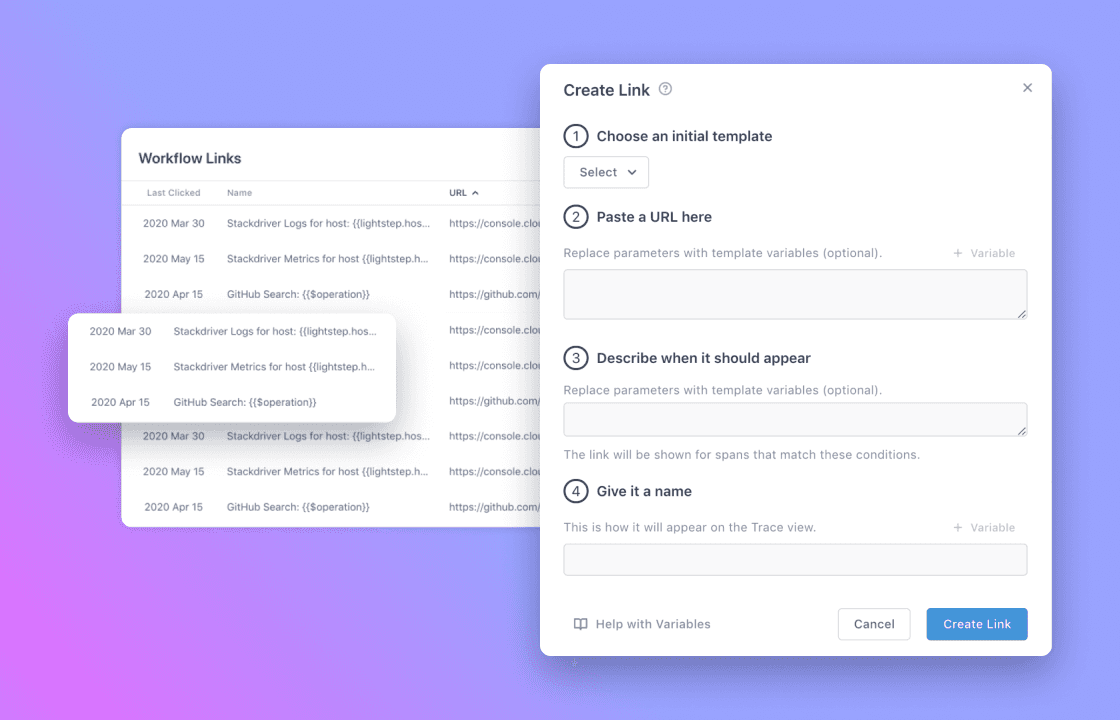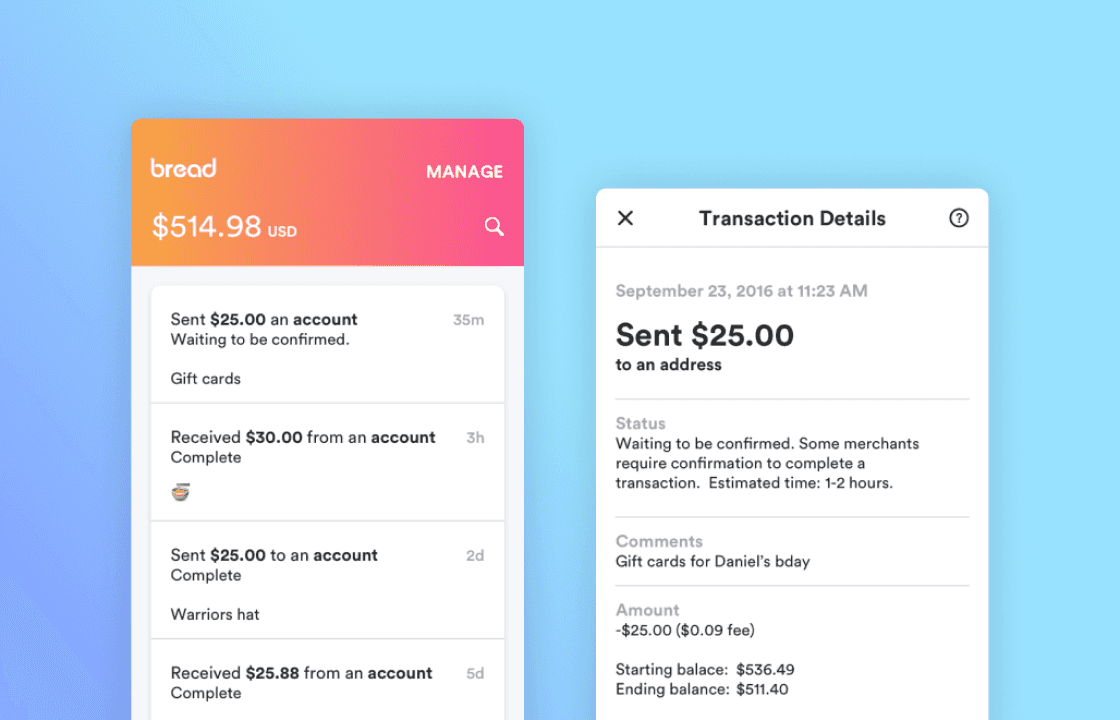Lightstep
(acquired by ServiceNow)
Add a Service
How we fixed a broken onboarding experience. With Lightstep Add a Service flow, developers can instrument and configure services to start monitoring performance in minutes.
Team






Skills
Product design
User research
UX
UI
Timeline
10 weeks
Date
2019
Challenge
Lightstep can’t provide value until it receives tracing data.
Developers must leave the app to instrument their services using docs on Lightstep’s site or open source sites, creating a broken and error-prone experience.
How might we minimize time-to-value for developers when instrumenting and configuring services to send tracing data to Lightstep?
Approach
Create a unified workflow for instrumenting and configuring services with Lightstep’s tracer and 3rd party frameworks.
We scoped the initial release to the Lightstep tracer flow so our Open Source team had time to build importers for 3rd party frameworks.
Through rapid prototyping and usability testing we explored multiple designs.
We opted for a long modal layout even though it didn't test as well as a wizard design. This enabled us to release two week early and focus on validating content, interactions, and error messages.
First release insights
Services per customer increased slightly
Time-to-completion was too long because confirming data on our backend took over 10 minutes
Error messages helped unblock users
More data, less time
Our engineering team cut new service detection time to less than a minute – our flow was finally fast. Our Open Source team created data importers for third-party tracing products DataDog, Zipkin, and Jaeger using OpenTracing or OpenCensus telemetry.





